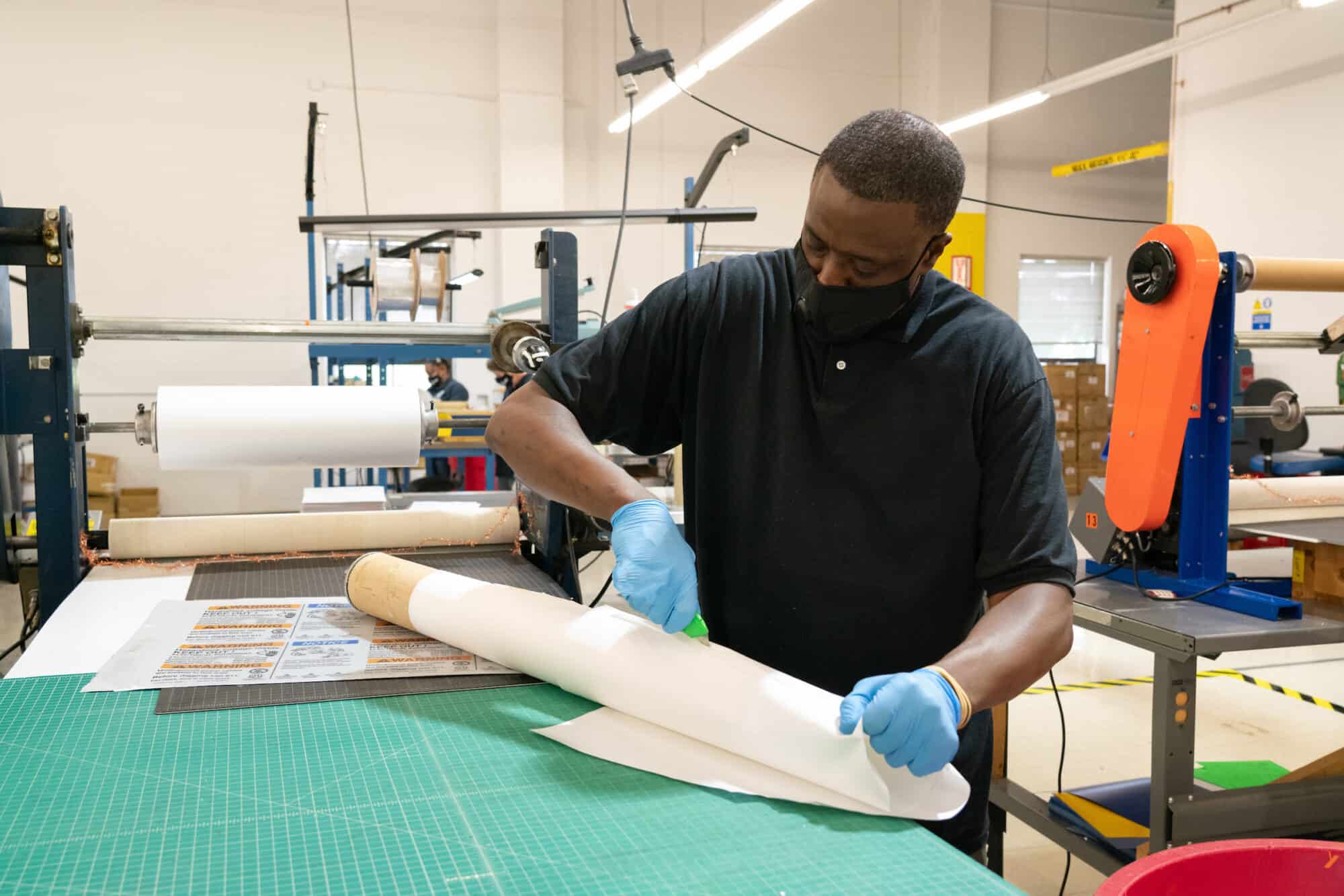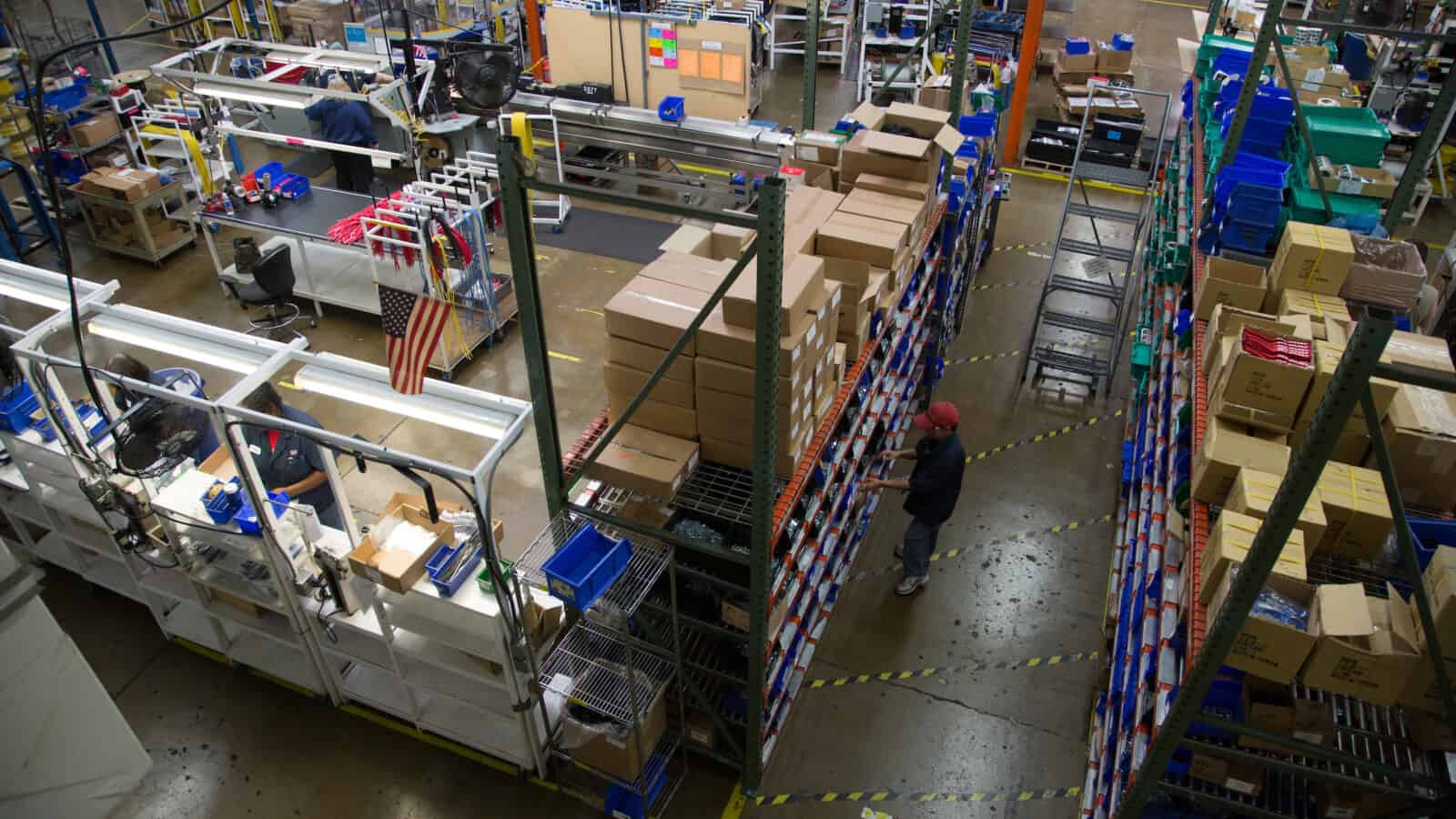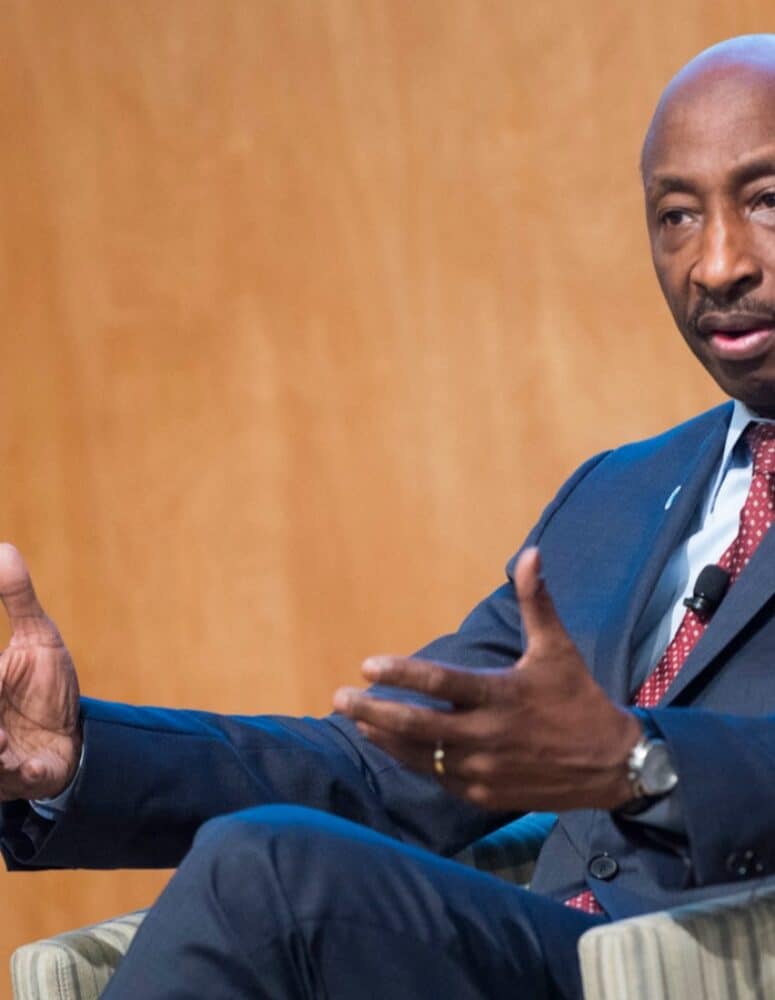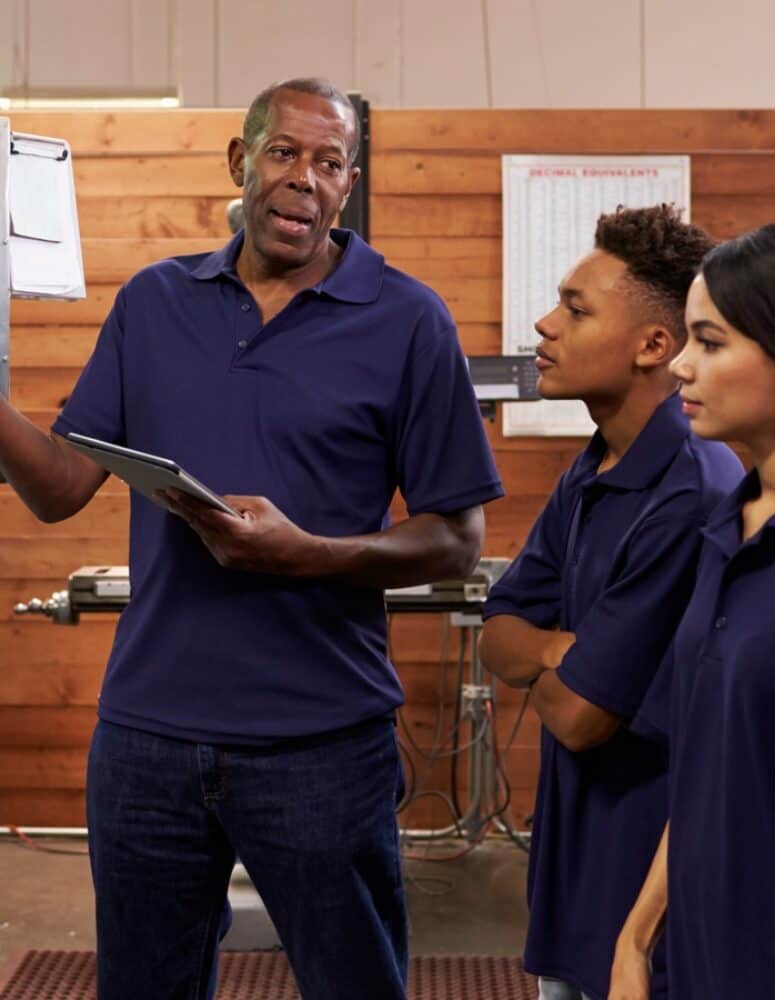Diversity and Inclusion: What You Need to Know
Get the Latest News
Sign up here
If you’re a manufacturer looking to begin—or improve—your diversity and inclusion efforts, you’ll need some expert advice. That’s why The Manufacturing Institute—the workforce development and education partner of the National Association of Manufacturers—hosted a virtual summit recently on D&I development, drawing together a variety of experts in one comprehensive event. Now you can watch the event online, and to get you started, we’ll give you a quick overview.
Why it matters: Manufacturing workers are deeply diverse in all sorts of ways: age, gender, race and ethnicity, ability and sexual orientation—not to mention education, life experience and socioeconomic background. To be competitive, businesses must be able to connect with the skills and experiences of a wide range of communities.
The main events: The first day of the summit was broken down into several “dimensions” of D&I, each with its own panel of experts:
- Race Dimension: Representatives from HBCU Connect, Pfizer and Ingredion discussed how leaders can promote racial equity in their companies and communities—including by setting measurable hiring goals and increasing internal candidate development.
- Ability Dimension: Panelists from Autism Speaks, Stanley Black & Decker and Lee Container Corporation discussed their work with manufacturers to create 1 million employment and leadership opportunities by 2025 for people with autism and intellectual and/or developmental differences. The panelists highlighted data showing how neuro-diverse individuals strengthen the workforce overall.
- Sexual Orientation Dimension: Representatives of Out Leadership and Dow spoke about how manufacturers can stand up for LGBT+ equality and D&I overall. They recommended supporting LGBT+ equality by being vocal allies and signing on to court cases that protect LGBT+ rights. They also talked about why bringing your whole self to the workplace is critical.
- Military Dimension: Panelists from the MI, Fender Musical Instruments Corporation and Johnson & Johnson discussed how manufacturers can connect directly to transitioning service members, veterans, the National Guard, reservists and active-duty military spouses, including through programs like the MI’s Heroes MAKE America—an integrated training, certification and career-readiness initiative.
- Gender Dimension: Panelists from the MI, Fresenius Medical Care North America and BASF Corporation discussed the steps companies can take to support women in manufacturing—such as creating supportive women-led networks within their businesses and ensuring uniforms are available in female sizes. They also noted the critical progress made so far by programs like the MI’s STEP Women’s Initiative and through local employee resource groups.
- Age Dimension: With one-quarter of the manufacturing workforce over 55 years old, manufacturers must adapt to the needs of older workers. Panelists from AARP, ALOM and Winton Machine Company discussed the importance of two-way learning and how creating mentor–mentee relationships between younger and older employees can build a stronger workforce.
And that’s not all. . . Day Two featured an executive panel titled “Voices from Leadership,” with leaders from the MI, Arconic, Intel Corporation and Deloitte. It also included a goals-oriented panel called “Building D&I Into Team and Individual Goals,” featuring speakers from the MI, BP America, Trane Technologies and Covestro, which focused on how to put this work into practice.
The last word: “We need to close the racial inequities and the gaps that we have in our society because it is the right thing to do, but it is also the economic imperative for our sector,” said MI Executive Director Carolyn Lee. “We need more people—and the workforce of the future is going to look different than the workforce of today.”



